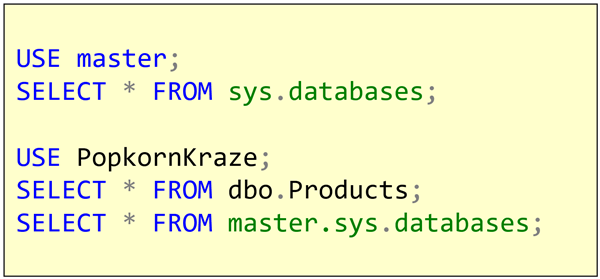Snowflake for SQL Server users - Part 2 - Cloud First Design
In recent years, I’ve done a lot of work in software houses (Microsoft calls them ISVs or Independent Software Vendors). Many of these software houses have worked out that they won’t be able to just keep selling their on-premises applications because their customers are asking for cloud-based solutions.
And more importantly, the customers want the software houses to manage the applications rather than themselves. So, many of the software houses start trying to turn their on-premises applications into Software as a Service (SaaS) applications.
2019-08-15



